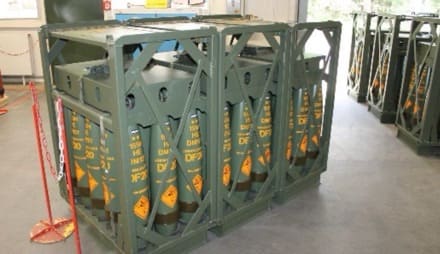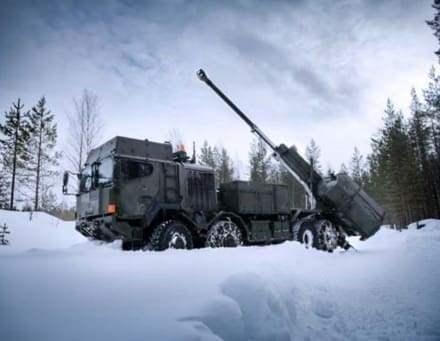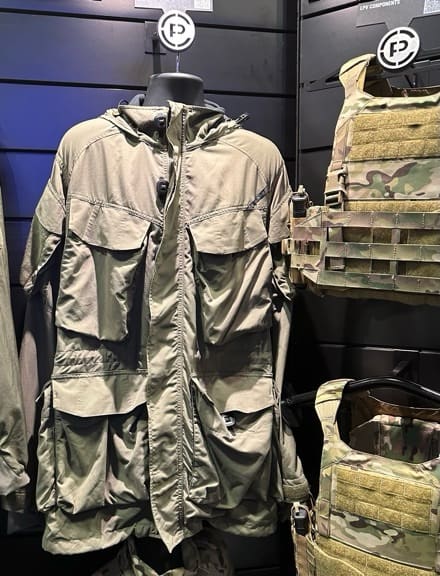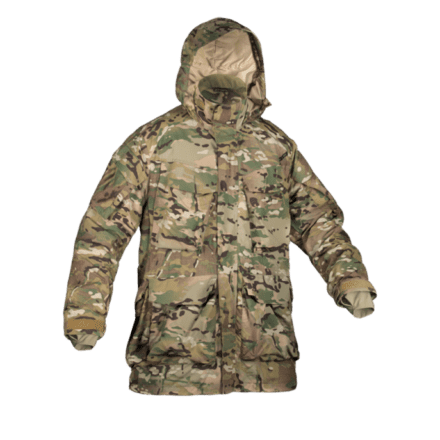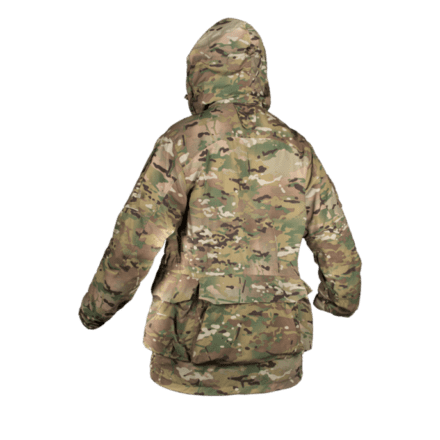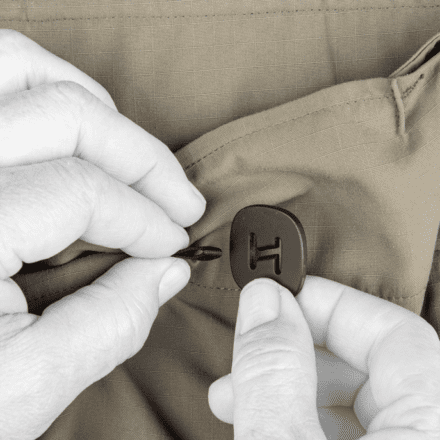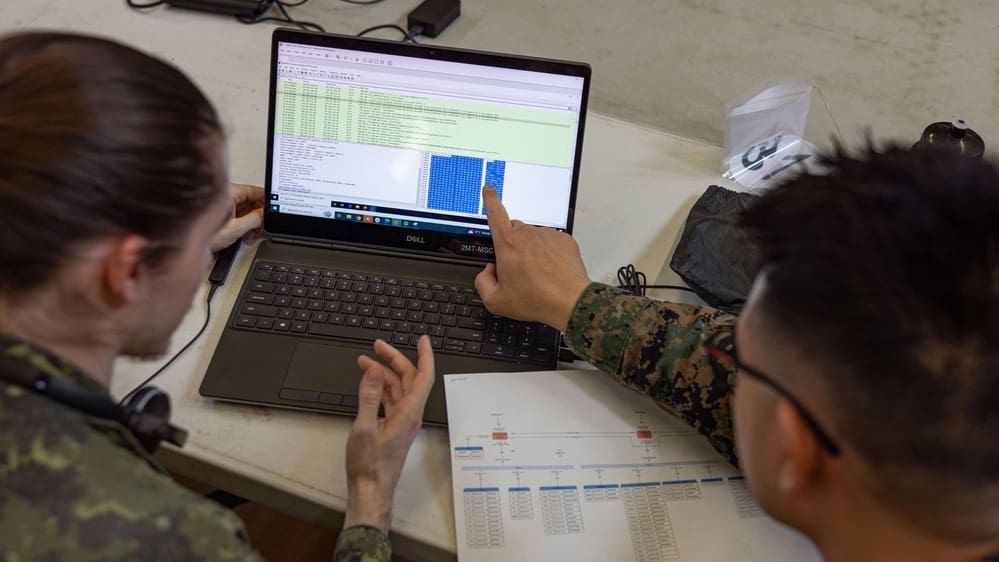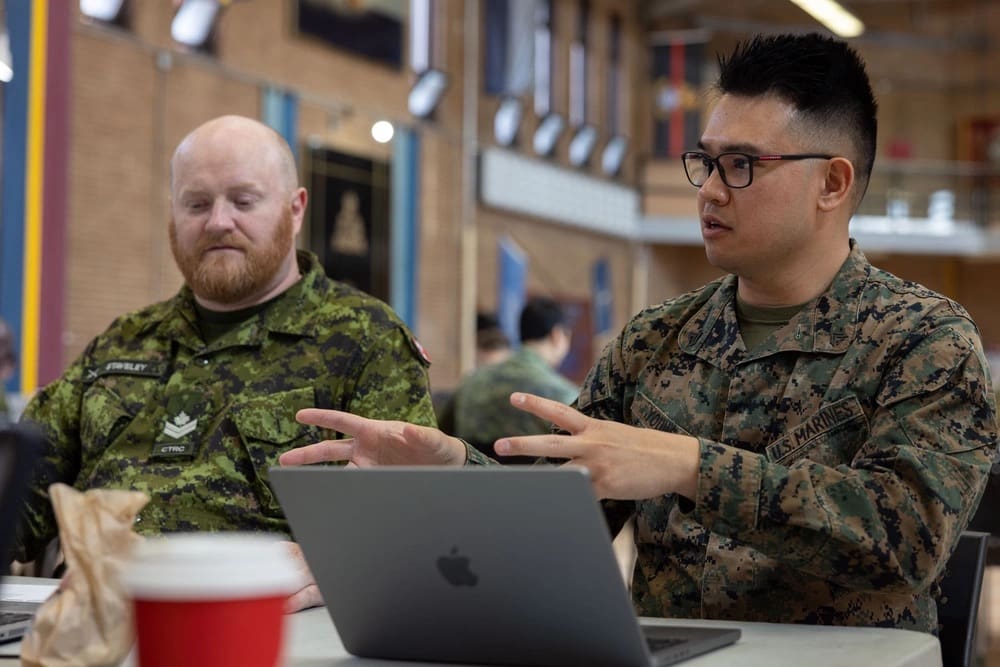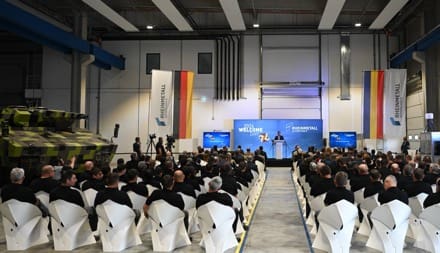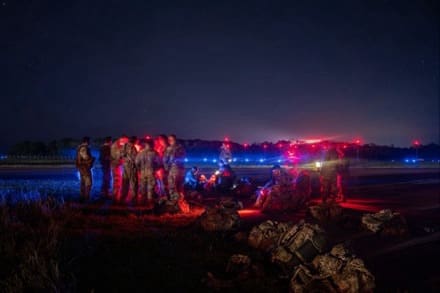
FORT JOHNSON, La. — Sweat drips down the faces of Soldiers assigned to the 1st Brigade Combat Team, 10th Mountain Division (LI), “Warriors,” as they experience life at the Joint Readiness Training Center at Fort Johnson, Louisiana.
Soldiers with 1st BCT enter a two-week character-building crucible inside the area commonly referred to as “the box.” The rotation equals a month-long experience to prepare Warrior Brigade Soldiers for their upcoming deployment.
JRTC allows brigade-sized combat teams to experience simulated large-scale combat operations — known as LSCO — to build readiness to support globally deployable missions.
Soldiers with 1st BCT are the first to experience the shift from limited contingencies that were used for over a decade to LSCO. This shift raised certain questions that Col. Daniel P. Kearney, commander of the 1st BCT, 10th Mountain Division, hoped to answer with this JRTC rotation.
“What does a light infantry brigade look like and what is it capable of,” Kearney said.
This question brings about a fundamental change in how operations will be conducted at JRTC and going forward for the Army.
This rotation represented the first implementation of the new Army force structure. The new force structure meant that 1st BCT would have to become a lighter infantry brigade and conduct the rotation with limited rolling stock. Rolling stock refers to military powered and unpowered vehicles that are used to transport personnel and equipment.
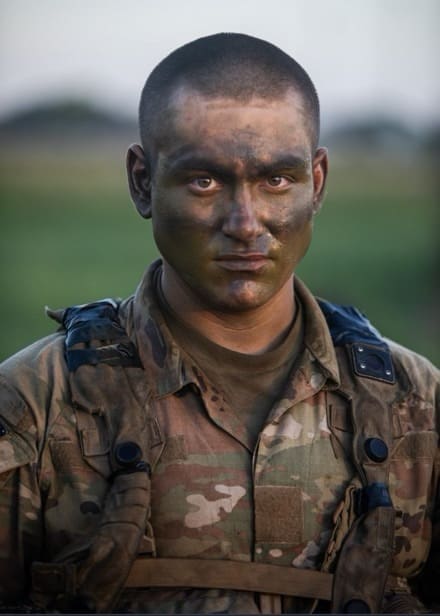
“We’re going from roughly 2,000-plus pieces — years of buildup of rolling stock — and the brigade is going to come in there (JRTC) with 498 pieces of rolling stock in total for the brigade,” Kearney said.
The limited rolling stock affects how quickly the brigade would be able to transport personnel and sustain the force in LSCO environments. These new challenges are why Kearney said it’s important to diversify how to sustain the brigade in LSCO settings.
“It means a heavier reliance on … our sustaining capabilities on both air and ground,” he said.
With a focus on air and ground sustainment and capabilities, this presented another challenge for the brigade at JRTC.
The 1st BCT conducted the rotation without using a U.S. Army cavalry squadron, who would normally provide the reconnaissance force. Their removal is part of the challenge the brigade faced while shifting their focus to LSCO environments. The brigade answered this question by instead coordinating with NATO allies to provide the same function.
The reconnaissance was instead done by partners with the British Army to serve as the cavalry unit and to build interoperability with one another. This JRTC rotation employed allies from the United Kingdom that included soldiers assigned with the Irish Guards; the 3 SCOTS, The Black Watch, 3rd Battalion, The Royal Regiment of Scotland; and the Royal Artillery.
Soldiers with the Number 2 Company, Irish Guards participated in a night air assault mission, May 1, 2024, to be the reconnaissance force. Guardsman Henry Fell, a machine gunner with Number 2 Company, Irish Guards, who participated in the joint air assault, said it was about ensuring the abilities of the British and U.S. Army would translate when working together.
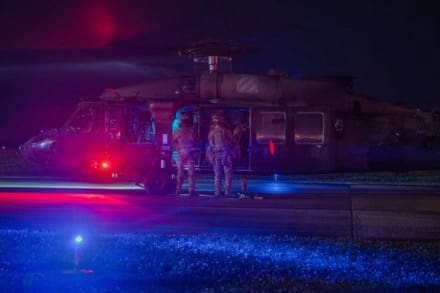
“There needs to be that cohesiveness so that we can work properly together so we can achieve the same aim that we are looking for,” Fell said.
This is the first time that the 10th Mountain Division worked with NATO allies to facilitate the exercise at JRTC. Soldiers with 1st Battalion, 32nd Infantry Regiment, and 2nd Battalion, 22nd Infantry Regiment, 1st Brigade Combat Team, 10th Mountain Division would follow soon after and execute the main night air assault over two days.
“It allows us to test our systems as a battalion and find out our weaknesses to ultimately certify the brigade to deploy,” said 1st Lt. Sky Rahill, platoon leader, C Company, 1-32 Infantry.
The air assault exercise marked the second phase of JRTC known as the joint force entry. To prepare for this phase, Soldiers received their multiple integrated laser engagement system, or MILES, gear. The MILES gear operates in a laser tag system to simulate a combat scenario and track Soldiers and their progress. This was done during the reception, staging, onward movement, and integration phase, a process to ensure equipment is ready and accounted for before field exercises.
Staff Sgt. Jacob Hurley, a squad leader assigned to C Company, 1-32 Infantry, said MILES is a way to test the efficacy and lethality of Soldiers.
“The reason we have it and why it’s so effective is that we have to calibrate it through civilians and our military counterparts,” Hurley said, “so that when we go out we can simulate real-world training.”
This rotation served as a lot of firsts for the Warrior Brigade, but also for the division who participated at JRTC as the higher command role. To help support 1st BCT at JRTC, the division tested its ability to exercise mission command over live maneuver units during a force-on-force environment.
The division simultaneously simulated a LSCO scenario to get a better understanding of how to maintain mission command when in an active combat zone. To achieve this, the division displaced the higher command and moved it to another location.
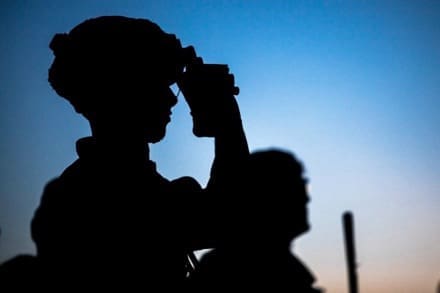
Lt. Col. Christopher Rankin, commander of Headquarters and Headquarters Battalion, 10th Mountain Division, described it as a necessary function in LSCO settings, but it is also still new for Soldiers within the division.
“I’m pleased with the progress we’ve made from the first time we did this” Rankin said. “We are not perfect yet, but we will continue to gain more repetitions.”
Additional support given to the brigade was provided by the 10th Mountain Division Artillery, which incorporated their Hunter-Electromagnetic Spectrum VII Delta exercise.
JRTC served as the culminating event for Hunter-EMS VII Delta and validated the 10th Mountain Division’s capability to conduct friendly and combat enemy long-range digital and voice communication. Maj. Mark Smerka, 10th Mountain Division Artillery effects officer in charge, described the training as an opportunity to help develop brigades and divisions.
“The hope is that all of the capabilities we have either created or validated here are just further exercised,” Smerka said, “in ways that can lead to improvements of the organic equipment and capabilities that maneuver brigades and divisions (in LSCO environments).”
To the 10th Mountain Division, JRTC is an opportunity for small teams to contribute to large-scale movement in meaningful ways. Kearney said the challenge ahead does not serve as a deterrent to his 1st BCT Soldiers from striving to improve and master their crafts, but rather a motivation.
“My defined end state for the Warrior family is a tight-knight family of unbeatable companies and batteries, with staffs that plan in detail and develop and refine processes for the employment of the BCT in large-scale combat operations,” said Kearney. “We’re humble, we’re aggressive in our desire to learn, and we aim to be one percent better every day.”
By SPC Salvador Castro
